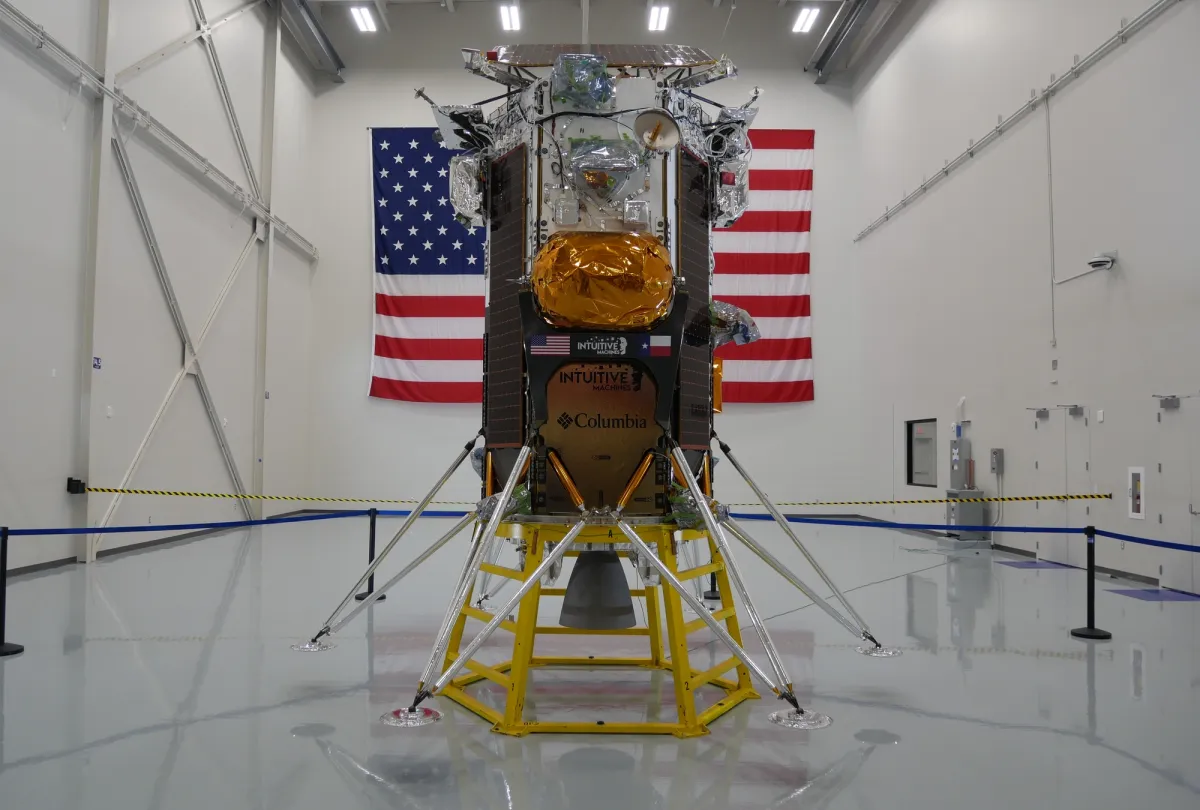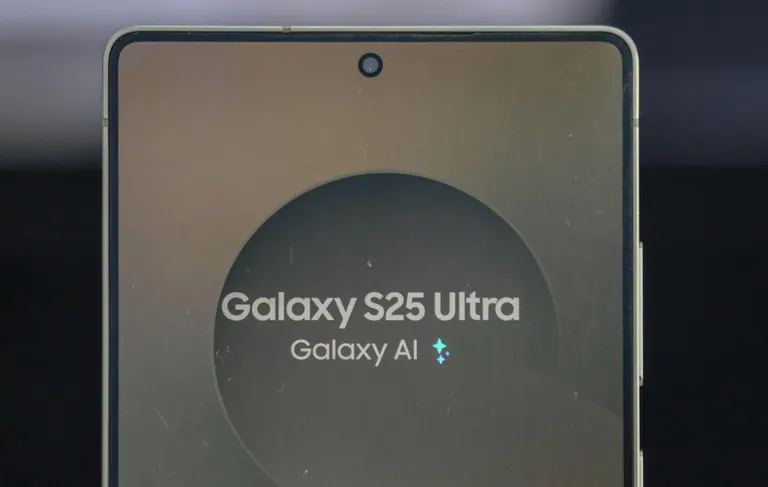NASA is shaking up its lunar exploration strategy in a major way. After years of placing its hopes for a human return to the Moon on SpaceX’s Starship, the agency has now announced plans to reopen its Human Landing System (HLS) contract to new competitors. The move comes amid repeated delays in Starship’s development and rising pressure from international rivals, particularly China, which is advancing its own crewed Moon mission plans.
The decision represents one of the most significant course corrections in NASA’s Artemis program to date — and could reshape the future of commercial partnerships in space exploration.
The Background: SpaceX’s Dominance and NASA’s Bet on Starship
In 2021, NASA awarded SpaceX the exclusive contract to build the Human Landing System that would take astronauts to the lunar surface for the first time since Apollo 17 in 1972. The contract, worth nearly $3 billion, envisioned a customized version of SpaceX’s Starship — the massive, fully reusable spacecraft under development in Texas — as the vehicle to carry astronauts from lunar orbit down to the Moon and back.
The partnership was considered revolutionary. For the first time, NASA was relying on a private company to design and build the core element of a human space mission beyond Earth orbit. The plan called for SpaceX to launch multiple Starships: one for refueling, one as a storage depot in orbit, and another to actually carry the astronauts to the Moon’s surface.
But Starship’s complexity and scale have proven to be both its greatest strength and its biggest challenge. The rocket has undergone numerous test flights, some successful and others catastrophic. While SpaceX has made progress, critical milestones — including orbital refueling, lunar landing simulations, and life-support integration — remain incomplete.
With each setback, NASA’s confidence in meeting its ambitious Artemis timeline has waned.
The Turning Point: Delays and Risk Management
NASA’s Artemis III mission, originally slated for 2026 and later delayed to 2027, is now unlikely to meet even that revised schedule. Internal reviews have suggested that Starship may not be ready to safely deliver astronauts to the lunar surface before 2028 — if not later.
Senior officials at NASA have voiced growing concern over relying solely on one provider for such a critical mission. The agency’s leadership has decided to “diversify its approach,” reopening the lunar lander contract to other U.S. aerospace companies capable of accelerating the program’s pace or offering alternative technologies.
By doing so, NASA hopes to avoid putting all its eggs in one basket — a strategic lesson learned from decades of complex aerospace projects where redundancy often saves missions from failure.
Opening the Door to New Competitors
NASA’s announcement is expected to draw interest from multiple industry heavyweights, including Blue Origin, Lockheed Martin, and Northrop Grumman. Blue Origin, in particular, has long sought a larger role in the Artemis program. Its “Blue Moon” lander proposal was a finalist in the original 2021 selection but lost out to SpaceX at the time. Now, the company has a second chance to prove its capabilities.
Under the new competition, NASA aims to select at least one additional provider to develop and test an independent lunar landing system. That could mean two parallel landers — SpaceX’s Starship and a new vehicle — being developed simultaneously, each offering NASA different technical strengths and risk profiles.
The agency has emphasized that competition is not about replacing SpaceX but rather supplementing its efforts with more resilience and flexibility. Multiple options could ensure mission continuity even if one contractor experiences setbacks.
The Global Context: A Race Against Time
NASA’s renewed sense of urgency is fueled in part by international developments. China has made rapid strides with its lunar exploration program, including plans to land taikonauts on the Moon’s south pole by the early 2030s. The China National Space Administration (CNSA) is advancing its own modular lunar lander and has conducted robotic test missions with remarkable success.
For NASA, maintaining U.S. leadership in space exploration isn’t just about science — it’s also about geopolitics. A successful Artemis landing before China’s would reaffirm American dominance in human spaceflight and bolster international partnerships already tied to the Artemis Accords, a framework for peaceful exploration and resource-sharing on the Moon.
The reopening of the lander contract is therefore as much a strategic decision as a technical one. It’s an acknowledgment that the U.S. must remain agile in the face of competition and ready to adapt when a single path begins to falter.
Challenges Ahead
While expanding competition could accelerate innovation, it also introduces new challenges. Multiple contractors mean more complex coordination, budget management, and potential overlaps in technology development. NASA will need to balance its oversight duties carefully to prevent schedule conflicts or funding inefficiencies.
Budget constraints are another concern. Adding new competitors will require additional funding from Congress, which could prove difficult in an era of tight fiscal priorities. Nonetheless, NASA officials argue that redundancy is worth the cost — pointing out that losing time would be far more expensive in the long run.
There’s also the question of integration. Even if a second lunar lander becomes available, NASA must ensure it can work seamlessly with the existing Artemis architecture — including the Orion spacecraft, the Space Launch System (SLS), and the Gateway lunar orbit station.
What’s Next for SpaceX
Despite NASA’s diversification move, SpaceX remains central to the Artemis program. Its Starship system continues to be a cornerstone of the agency’s long-term lunar and Mars ambitions. SpaceX is reportedly working at full speed to achieve a fully successful orbital refueling test — a key requirement for any lunar mission.
The company’s next few launches will be crucial. If Starship achieves consistent reliability, NASA could still proceed with its original plan, using SpaceX’s vehicle for the first human Moon landing in over 50 years. However, if further setbacks occur, NASA’s new backup plan will ensure that the Artemis program continues moving forward.
In many ways, the new competition may even motivate SpaceX to accelerate its work and refine its systems under the renewed pressure of rivals.
Looking Toward the Future
NASA’s decision to reopen the lunar lander contract marks a pivotal moment for space exploration. It underscores a shift away from single-provider reliance toward a more competitive, modular, and flexible ecosystem of private space companies.
For the agency, this isn’t a step backward — it’s a safeguard for humanity’s next leap forward.
The race to return to the Moon is no longer just a technological challenge. It’s a test of global leadership, industrial resilience, and vision. As NASA prepares to evaluate new proposals and as SpaceX continues to refine Starship, one thing is clear: humanity’s path back to the lunar surface will be shaped not by one company or one rocket, but by a collective determination to explore beyond our world once again.
















Leave a Reply